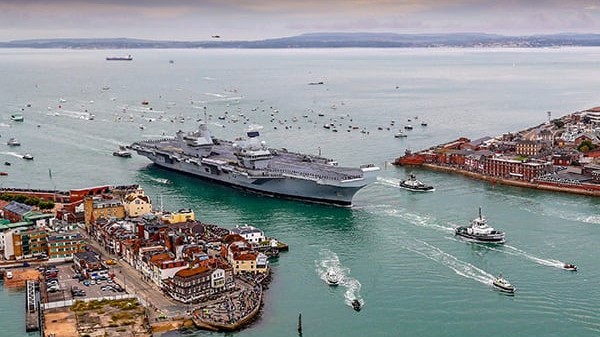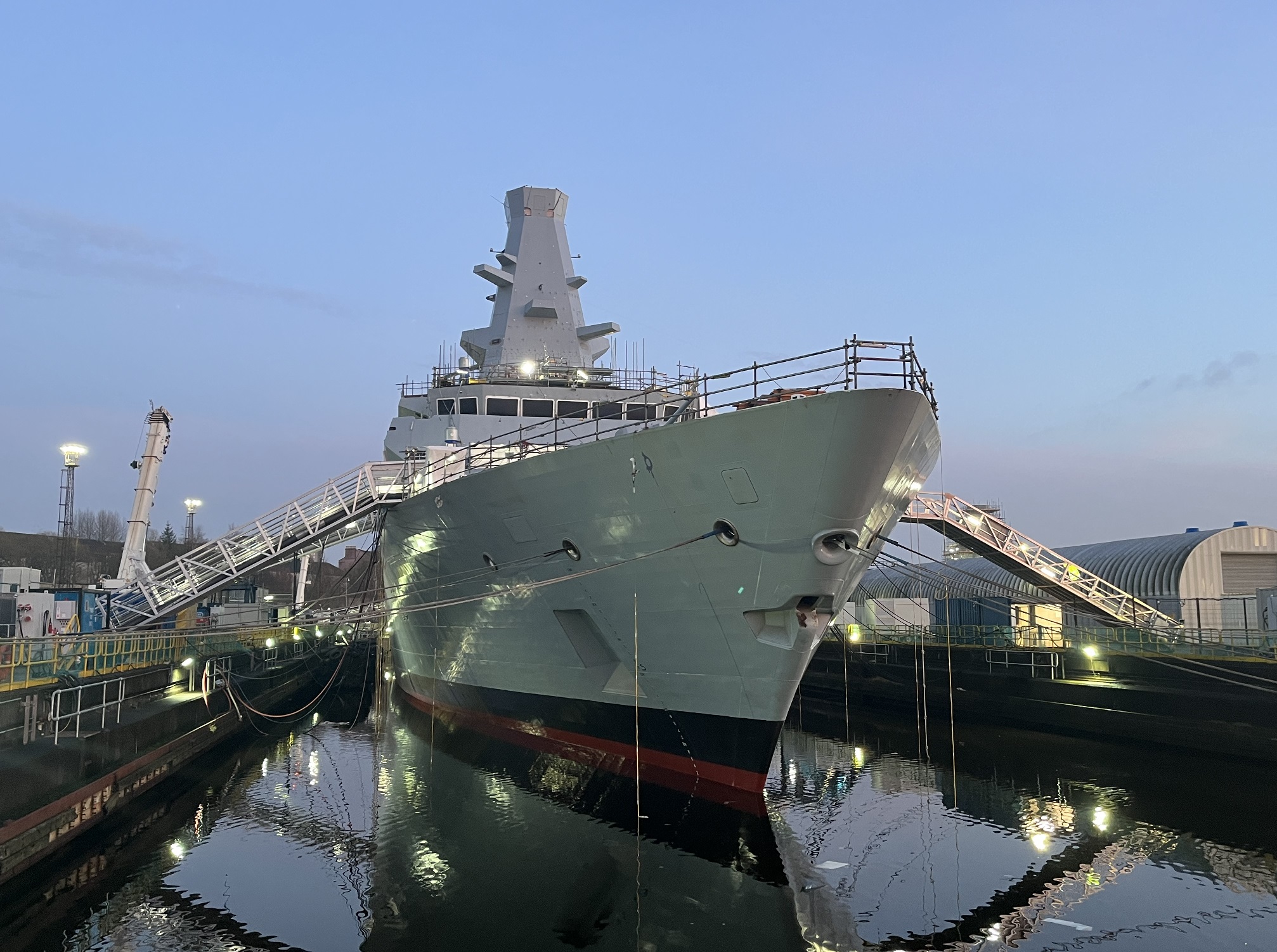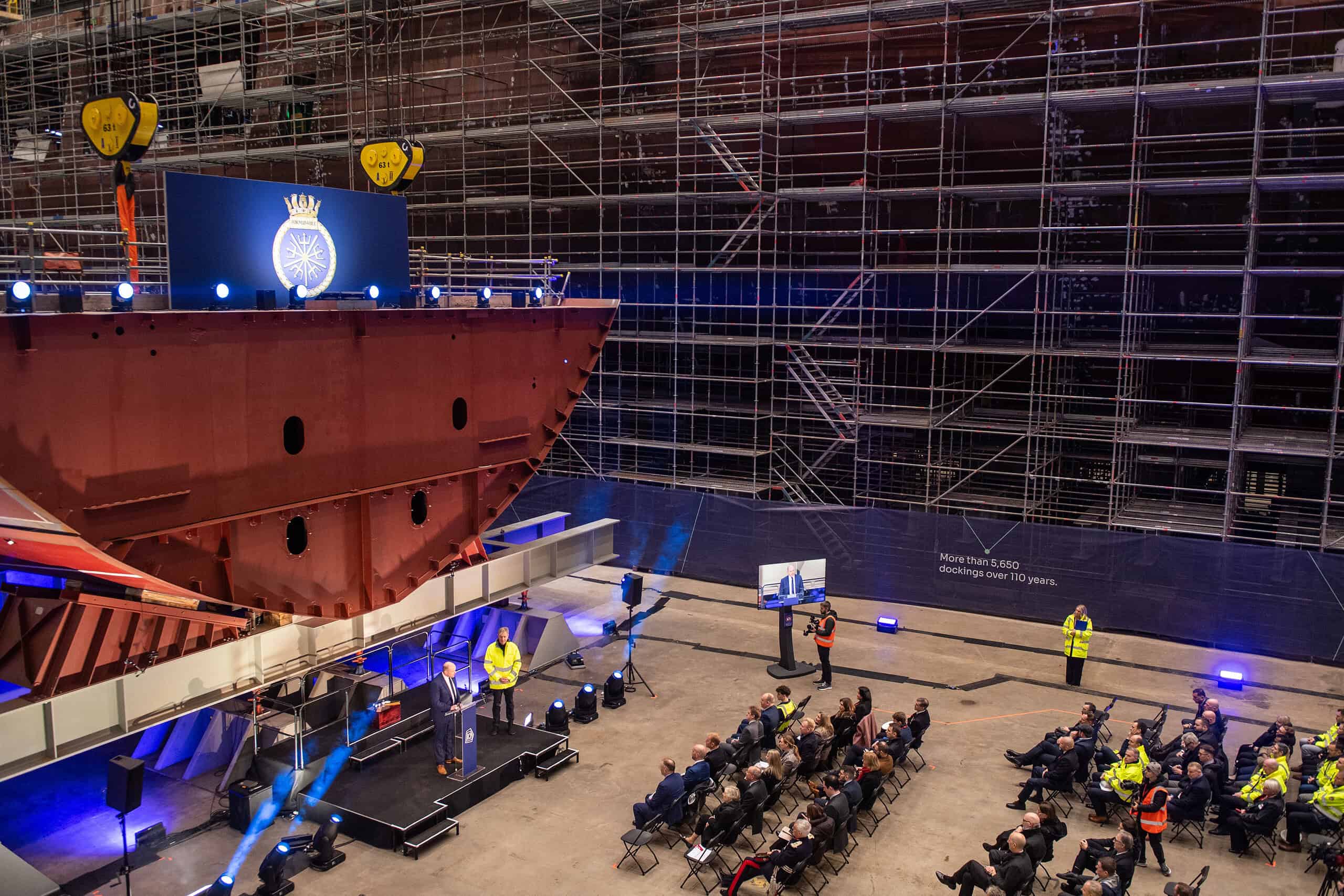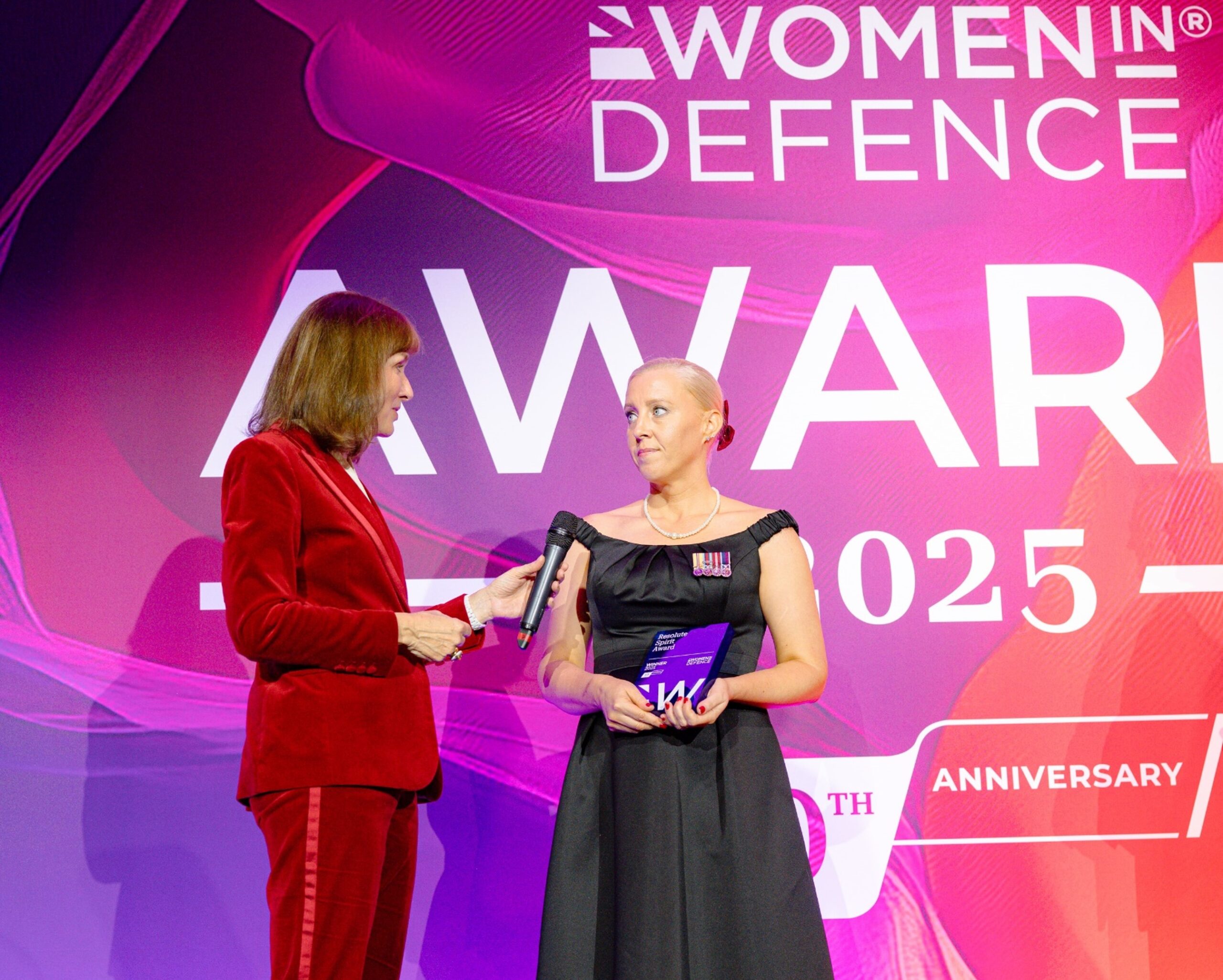Published 18 October 2023
The Royal Navy recently flew a pilotless plane to and from the HMS Prince of Wales aircraft carrier for the first time. DE&S’s Future Capability Group (FCG) Maritime Head James Morris explains how his team helped make it happen.
Share this story
The headline news is that a W Autonomous Systems (WAS) drone flew from the Lizard Peninsula and on to the deck of HMS Prince of Wales off the Cornish coast.
Supplies were delivered and then the platform flew back in a milestone flight which is a vital step along the way to operating crewless aircraft safely alongside F-35 Lightning jets and naval Merlin and Wildcat helicopters which are currently the backbone of the Fleet Air Arm.
This was a Royal Navy exercise, but behind the scenes the work of FCG’s Capability Exploitation Team had a pivotal role to play in making this historic milestone possible.
James Morris, the team’s Maritime lead, said:
“While FCG weren’t physically there, it’s an incredibly proud moment for our team because it was our Heavy Lift Capability development work with the Royal Navy that provided sufficient capability acceleration and thus confidence in the platform’s capability to go ahead.”
FCG have developed a commercial framework supporting rapid routes to market and allows FCG to work for their military customer at a ‘speed of relevance’ – the ability to deliver in a timeframe that supports customer needs.
On this occasion, FCG contracted Southampton-based W Autonomous Systems, which is developing long-range, heavy-lift autonomous drones, as part of a project to stimulate the market and accelerate multiple platforms towards a Minimum Viable Product (MVP) level of capability.
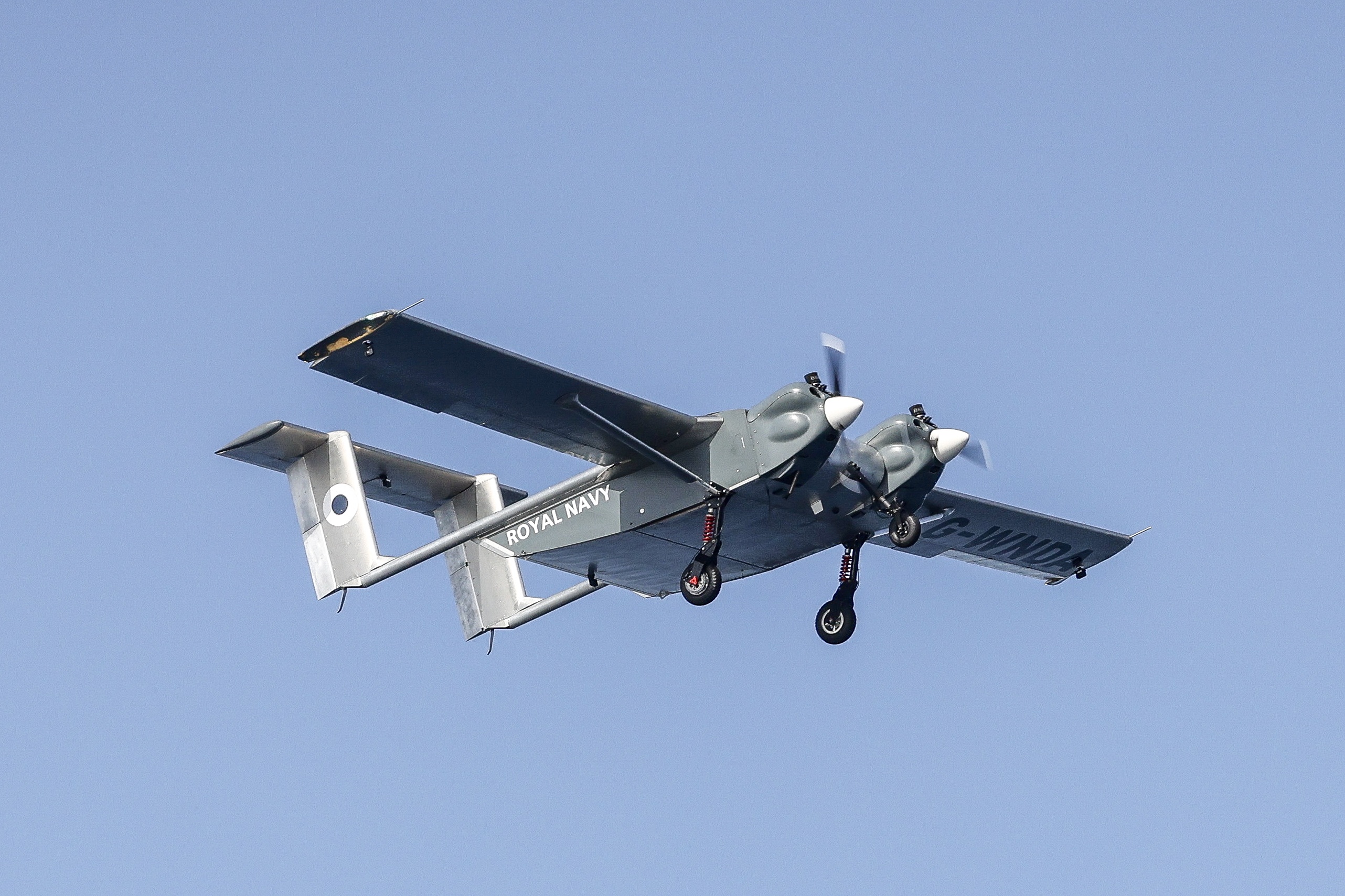
Morris added:
“It’s not just about how fast we can get on contract but also how quickly we can get the information required by the customer as to what can and can’t be done with certain technologies.”
“It’s about doing things differently and having a different risk appetite. In FCG we know we have the trust of our senior team to take different but more effective approaches to delivery.”
“In this instance we were able to de-risk the capability and accelerate the process so that we could understand what the WAS drone was capable of, and this ultimately ensured it was able to fly to and from the carrier far earlier than would happen following traditional commercial processes.”
The Royal Navy’s goal is to deploy drones with a UK Carrier Strike Group in the future, using them to transfer stores and supplies – such as mail or spare parts – between ships, without the need to launch helicopters.
Drones are cheaper to operate, eliminate any potential risk to aircrew – such as in bad weather – and keep the hi-tech Merlins and Wildcats free for operational sorties, such as hunting hostile submarines or surface vessels which are threats to the carrier strike group.
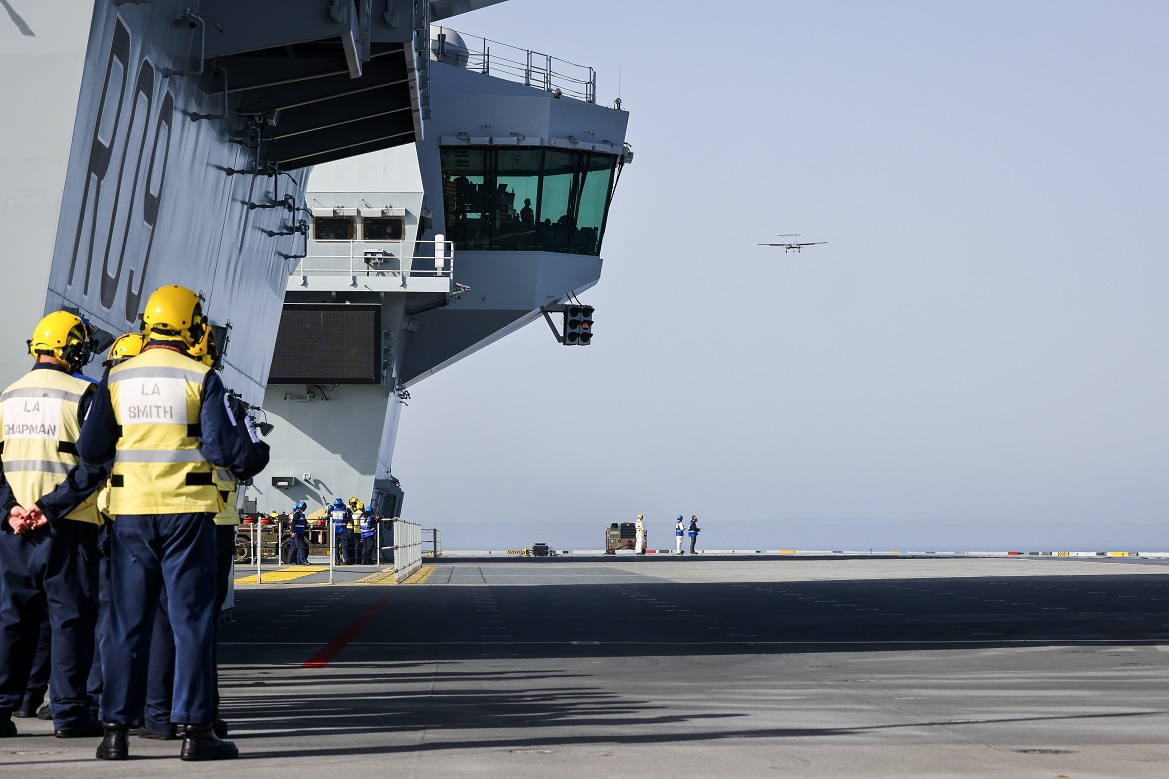
HMS Prince of Wales has experimented with drone technology before – notably small quadcopters and Banshee targets (small jets which are launched by catapult and parachutes down to land when the mission is complete).
But the trials off the Lizard are in a different league, involving a much larger (ten-metre wingspan), more capable pilotless aircraft.
The drones incorporate a ground-breaking autopilot system, eliminating the need to be controlled remotely by trained pilots, and are designed to operate in the most challenging environments.
Its HCMC twin-engine light alloy twin boom aircraft is capable of carrying a payload of 100kg up to 1,000 kilometres (620 miles). Crucially it can land on uneven ground and needs a runway just 150 metres long – a little over half the length of the flight decks on the UK’s Queen Elizabeth class aircraft carriers – to land or take off.
Captain Richard Hewitt, Commanding Officer HMS Prince of Wales said:
“HMS Prince of Wales is a fifth-generation aircraft carrier and operating autonomous drones like this will become the norm across future Royal Navy Carrier Strike Groups in our 50-year lifespan.
“We are all proud here in HMS Prince of Wales to achieve this – a fantastic milestone for all involved and the first of many firsts on this deployment to shape the future of Royal Naval Carrier Strike innovation as we prepare for our strike group deployment in 2025.”
Stephen Wright, executive chairman and founder of W Autonomous Systems, said: “This landing demonstrates the agility of our autonomous drone. We are hugely proud to deliver this ground-breaking trial for the Royal Navy and showcase the future of aviation.”




